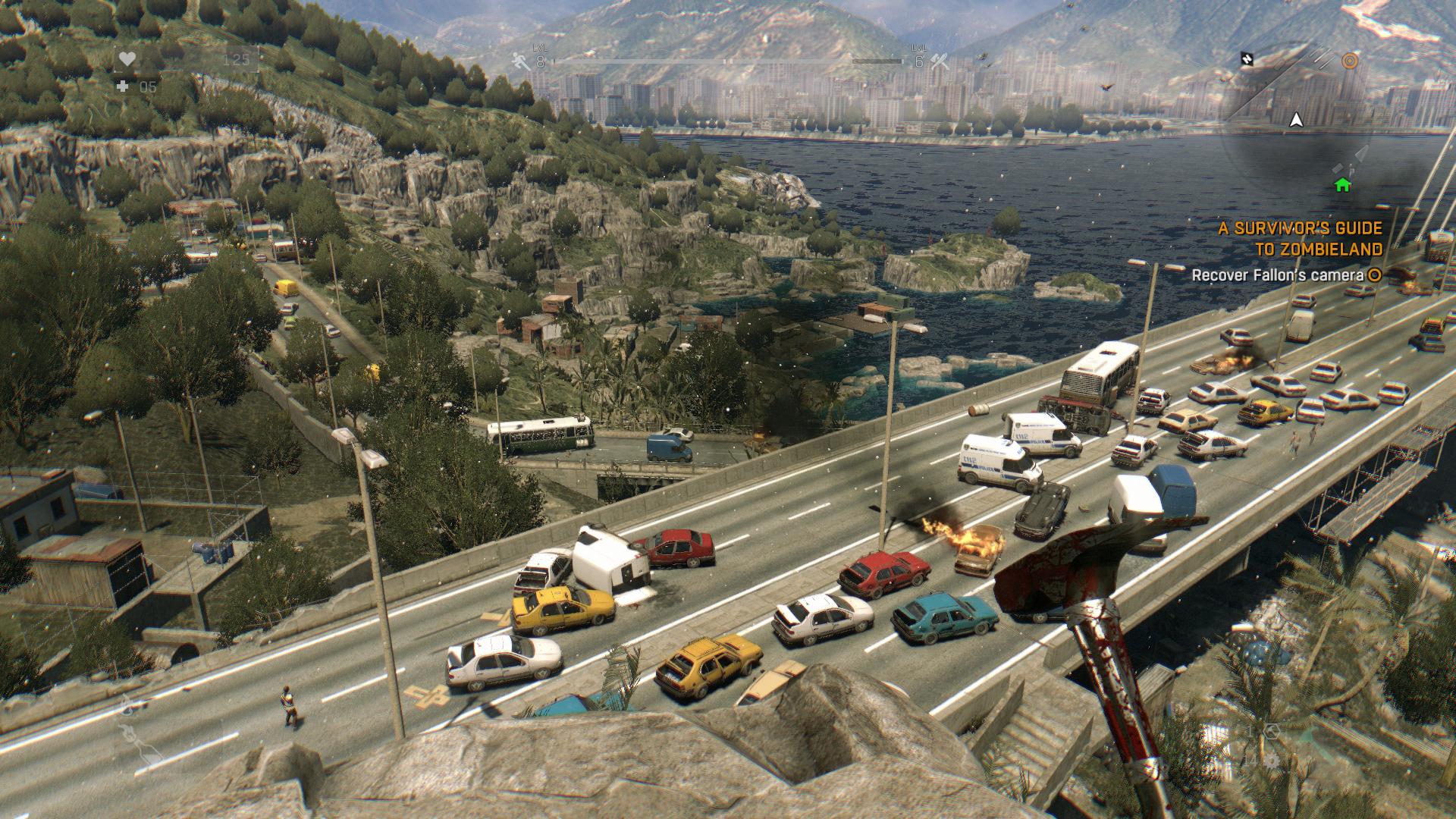

Early game exploration is the least dangerous part of Elden Ring. We know that we just talked about this above, but it’s worth a section of its own. And it’s often a good idea, because you may (and often will) stumble upon items and people who will help you when you return to that brick wall you were recently beating your head against. Go off and explore.Įxploration is genuinely never a bad idea. If the things that happen in that general direction are crushing you, interpret that as an indication that you’re not supposed to be here. Follow the guidance of grace, those little shafts of light that point you in a general direction. Grace’s light shows you the critical path Image: FromSoftware/Bandai Namco via Polygon But if you veer off that critical path, you’ll find the Agheel Lake North site of grace, where you’ll get a horse. Grace points you to Stormgate, through Gatefont Ruins. Elden Ring teaches you this lesson within your first hour. Wander off, assuming that wandering will help you when you return to the critical path.īut you don’t have to take our word for it. Or say you see something in the distance that looks interesting. Assume that Elden Ring is telling you that you’re not quite ready. Our solution: Follow grace’s lighted path, until that doesn’t make sense - until, say, you run into a particularly difficult section and you’re frustrated. If you’re anything like us, there’s also an attendant anxiety as you wonder at every possible moment if you’re in the right place doing the right thing. In Elden Ring, pretty much like in any open-world game, there’s a balance between your desire to explore the vast world and follow the critical path and do the required things. Super helpful, right? But it’ll make sense. Sometimes we could attack from a distance. We’re big fans of the third option, and that’s why we chose the weirdo hybrid Prisoner class, which holds a sword in its right hand and a catalyst in its left. There are two basic ways to play a game like Elden Ring. A Hero has lots of Strength, which is great for swinging big, heavy weapons and wearing big, heavy armor.A Warrior has a lot of Dexterity, which perfect for swinging relatively nuanced, light weapons.The Hero has low Intelligence, but that’s OK because it has more Strength than anything else, which is what you’d want if you’re planning on swinging around heavy weapons while wearing thick armor.Classes that are into magic, like the Astrologer and Prisoner, have a bunch of points allocated to Intelligence, which makes sense since you need a bunch of that to throw blue magic at your enemies.Here’s how that works out, practically speaking, which can also see in the gallery above: Image: FromSoftware/Bandai Namco via Polygon Item discovery, holy defense, vitality, magic and miracles. Also affects holy defense, vitality, and certain sorceries and incantations.

Incantation (or miracles, in Dark Souls parlance)Īttribute governing discovery. Also boosts magic power of faith-scaling incantations. Also boosts magic power of intelligence-scaling sorceries and improves magic resistance.Īttribute required to perform sacred incantations. Also boosts attack power of dexterity-scalingĪrmaments, reduces casting time of spells, softens fall damage, and makes it harder to be knocked off your horse.įinesse, like a katana or a dannger instead of a sword, spell casting, fall damage, horse poise.Īttribute required to perform glintstone sorceries. Heavy weapons and armor, physical defenseĪttribute required to wield advanced armaments. Also boosts attack power of strength-scaling armaments and affects your physical defense. This attribute also determines how heavy your equipment can be.Īttribute required to wield heavy armaments. Also affects fire resistance and immunity.Īttribute that determines FP Also affects focus.Īttribute governing stamina.


 0 kommentar(er)
0 kommentar(er)
